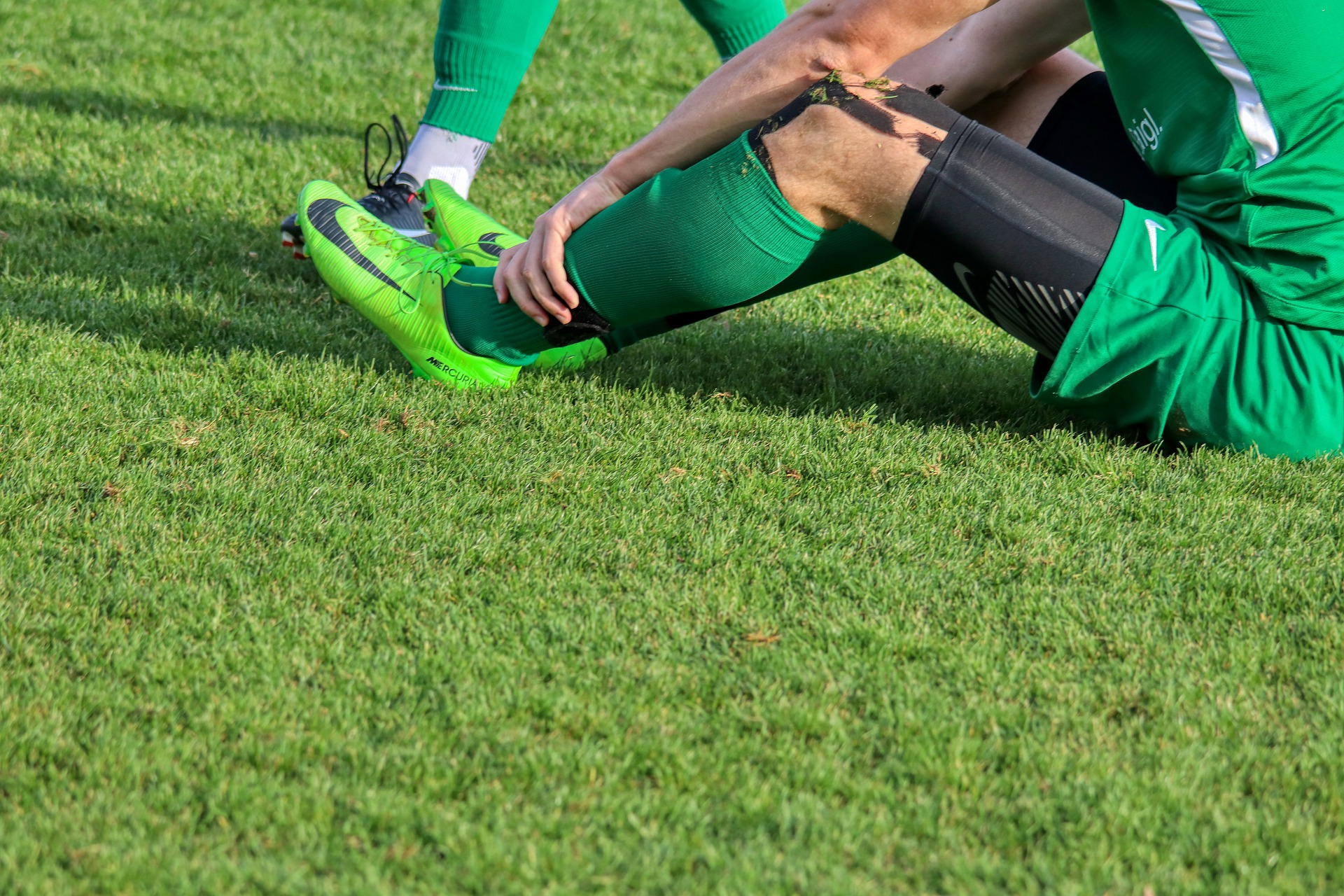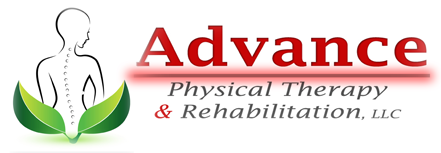
23 Aug 7 Most Common Sports Injuries: How To Prevent & Treat Them
If you’re like most of us and have a nine to five desk job during the week and like to play on the weekend by participating in a sport or going for a run, then you are likely at a higher risk of developing a common sports injury. In many cases, it’s impossible to stop an injury from happening, but often, sports injuries are preventable. Here are seven of the most common sports injuries and ways to prevent and treat them.
1. Sprained Ankle
Most athletes sprain an ankle eventually. An ankle can sprain when your foot shifts inward and you inadvertently put too much pressure on the outside of the ankle. The action causes the ligaments to tear or stretch too much.
Treating a Sprained Ankle
Treat a sprained ankle with continued movement. While you may feel pain, moving it will work to prevent a loss of strength and flexibility. Check with your doctor or discuss the best exercises to do for a sprained ankle with a physical therapist. Make an appointment to see your doctor for the sprain if it is healing too slowly. This means that the bones in the lower part of your leg may have separated and will require medical intervention for the injury to heal. You can prevent sprained ankles by strengthening the body part.
2. Knee Injuries
While you can hurt your knees in many ways, the most common knee injury is an anterior cruciate ligament, or ACL, tear. The ACL connects your knee to your leg bone. If you stop suddenly or if another athlete runs into you from the side, then you may suffer from an ACL injury.
How to Treat an ACL Tear
If you suspect that you’ve torn your ACL, then go to a doctor. This is one of the most severe sports injuries that can happen to you, and if you have a complete tear, then fixing it will probably require surgery. You will likely need to go to physical therapy to regain your activity levels. You can prevent an ACL tear by making sure that the muscles around your knees are flexible and strong.
3. Shin Splints
A shin splint is pain that you experience down the lower part of your legs. In most cases, people who run experience shin splints, and they are more likely to happen if you decide to start an intense training program that requires you to run on paved roads.
Treatment Tips for Shin Splints
Treat shin splints with over-the-counter pain medications, ice and rest. To prevent shin splints, run in good shoes. Also, be sure to stretch the front part of the shin by crossing the legs while standing. Then, roll the toes on the front foot over, coming onto the top of the foot before running.
4. Hamstring Strains or Tears
The hamstring is three muscles that are in the back of your thigh. You can strain or tear one by performing strenuous movements like hurdling or waterskiing. You can also tear one of the hamstring muscles during a hot yoga class or by swinging a leg out hard when you’re running.
Help for Hamstring Injuries
Hamstring strains or tears take a long time to heal because they are under constant stress when you walk. It takes most people six months to a year to heal completely from the injury, and those who experience the injury often reinjure them because it’s tough to remain inactive for that amount of time. Prevention involves stretching and increasing your overall flexibility.
5. Groin Pull
Groin pulls usually happen when athletes push off a foot in a side-to-side action. This type of movement strains the groin or the inside of your thigh. It typically happens due to a lack of flexibility in this body part. If you play football, baseball, hockey or soccer, then you’re at risk of developing a painful groin pull.
How to Treat a Groin Pull
If you’ve pulled your groin, the best way to treat it is with rest. You should also ice the area and compress it. Don’t be too active too quickly following this injury. If you do, you may aggravate the problem or end up with chronic pain from it. Visit a doctor if you notice that the area is swelling a lot. To prevent groin strains, complete a series of inner thigh stretches before an activity.
6. Achilles Tendinitis
Overusing the back of your ankle may result in inflammation and pain. If running is your preferred form of exercise, then you may develop Achilles Tendinitis. If you play tennis, softball or basketball, you may also be at a higher risk of developing the condition.
Help for Achilles Tendinitis
Treatment involves resting it, using compression, elevating it and icing it. You can also take anti-inflammatory medication. Don’t return to your previous activity levels until it’s completely healed. To prevent Achilles Tendinitis, strengthen your calf muscles. Also, be sure to stretch the body part regularly.
7. Concussion
Most athletes suffer from a concussion after a blow to the head. When it happens, it can cause you to feel dizzy or disoriented.
How to Treat a Concussion
To treat a concussion, we recommend getting a lot of rest and taking your time to heal before returning to regular activities. You can take acetaminophen if you develop a headache. The only way to prevent a concussion is to stop playing contact sports.
Movement is Good
We recommend movement for bodies. When you stop using your body, your muscles, joints and connective tissue will become achy and tight. While it’s best for your body to avoid injury, there are ways to treat it that will have it working almost as good as new. Physical therapy is a great way to rehabilitate your body, helping it function effectively and decreasing pain.




Sorry, the comment form is closed at this time.